World Wildlife Day is marked annually on March 3 to celebrate the unique wild species and create awareness to help conserve them. The 68th session of the United Nations General Assembly (UNGA) designated March 3 as World Wildlife Day on December 20, 2013, with an aim to raise awareness of the world’s wild flora and fauna.
Tigress Neelam
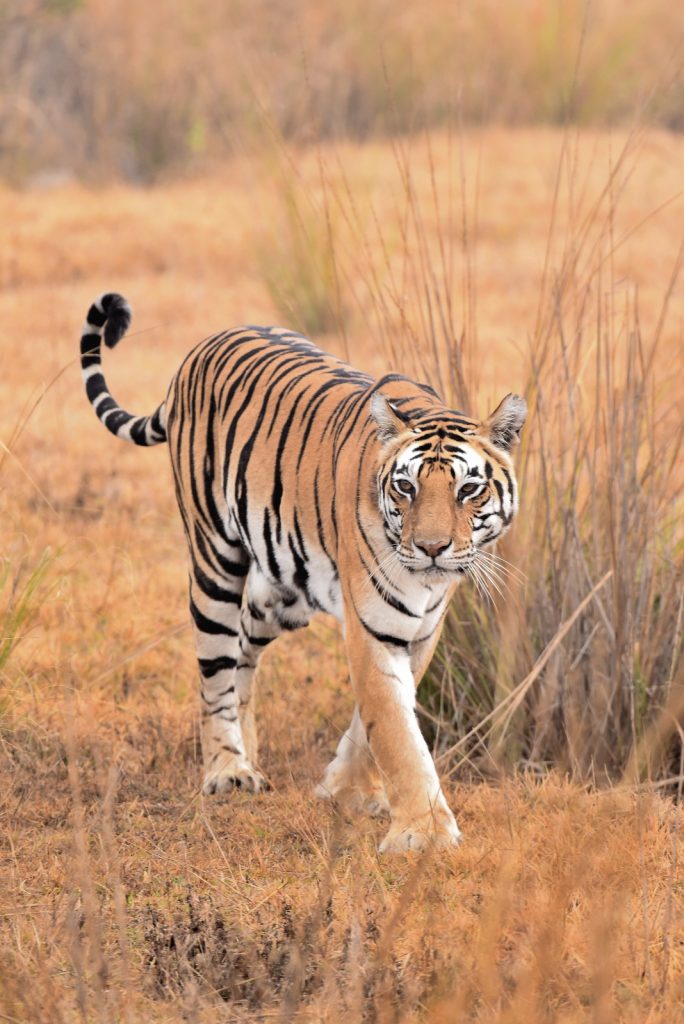
Deep Kathikar, a wildlife enthusiast told The Live Nagpur about the importance of the conservation of wildlife and their homes. He said, “Population of the tigers is increasing all over the world resulting in an increase of the tourist inflow at various National Parks and Jungles.”
Indian Dhole
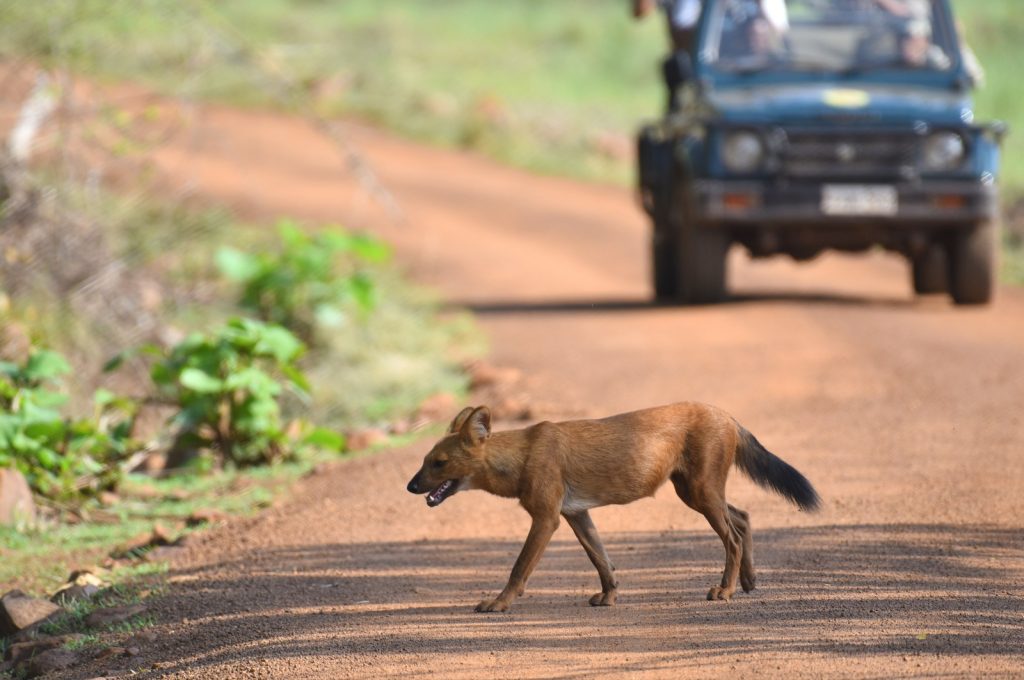
Below are some of the refreshing and soul-stirring pictures of the wildlife:
Tiger:
Jr. Bajrang
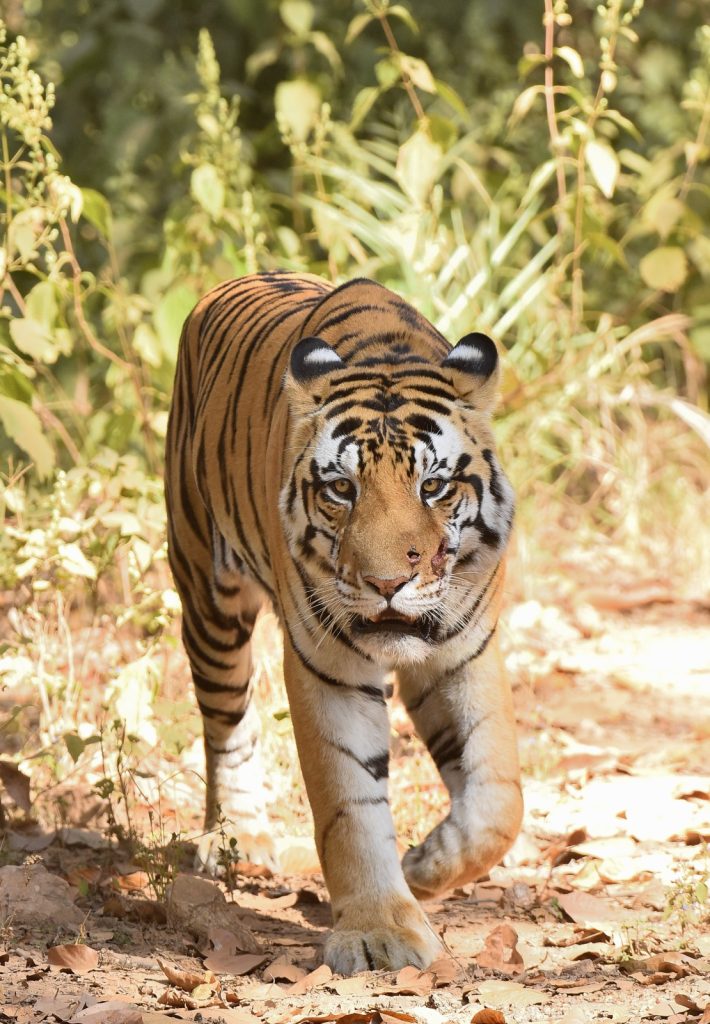
This animal requires no introduction. Tigers are the largest living cat species and are a member of the genus Panthera.
Indian Dhole :
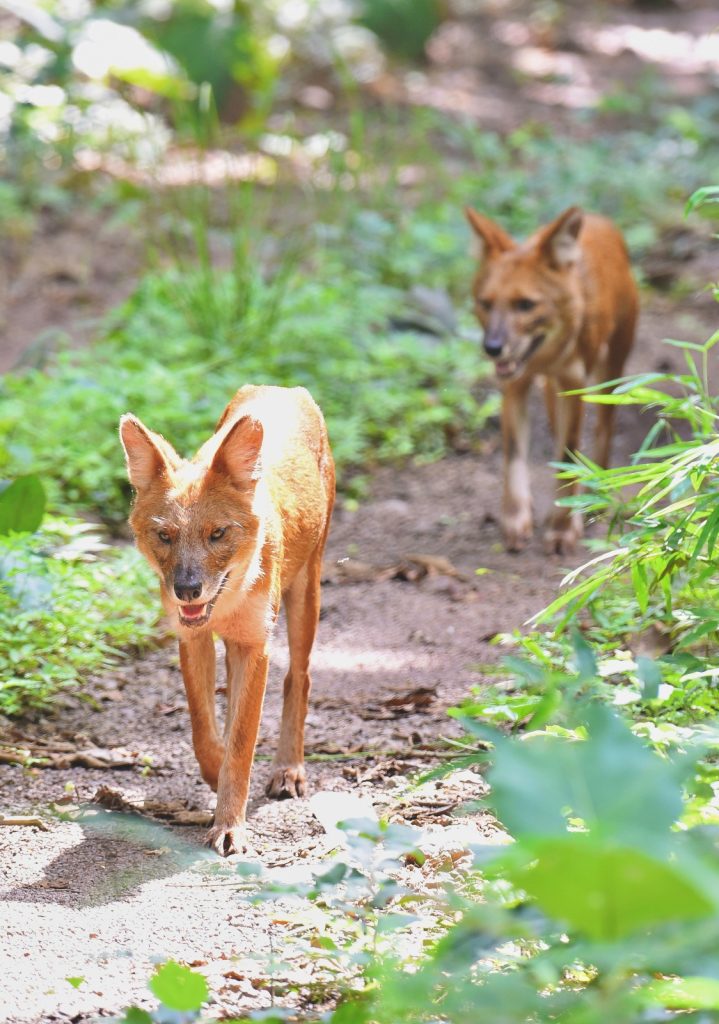
Asian wild dog, Asiatic wild dog, Indian wild dog, whistling dog, red dog, red wolf, and mountain wolf are other English names for the species. The dhole is a very sociable animal that lives in sizable clans with no strict dominance hierarchies and has numerous breeding females. These clans typically have 12 members, however, there have been reports of groups larger than 40. It hunts in packs during the day and prefers to take down large and medium-sized ungulates.
Leopard :
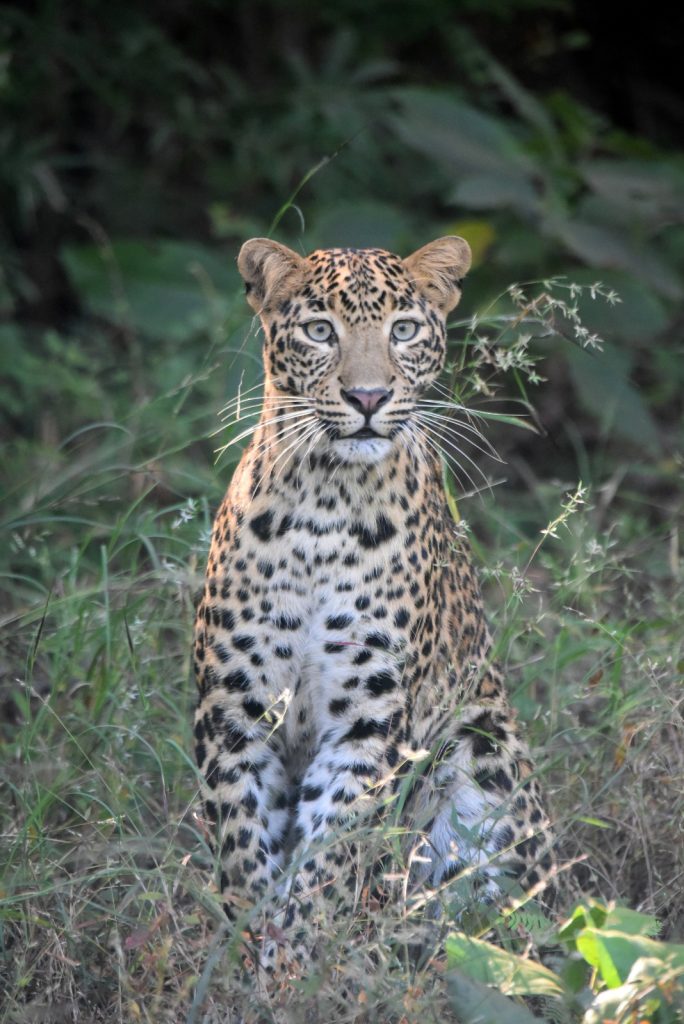
The scientific name of the animal is Panthera pardus. The leopard is a solitary and territorial animal. It is typically shy and alert when crossing roadways and encountering oncoming vehicles, but may be emboldened to attack people or other animals when threatened. They are highly adaptive and like to stay in the periphery of the jungle. The leopard is a carnivore that prefers medium-sized prey. Species that prefer open areas and have well-developed anti-predator strategies are less preferred.
Oriental Dwarf Kingfisher :
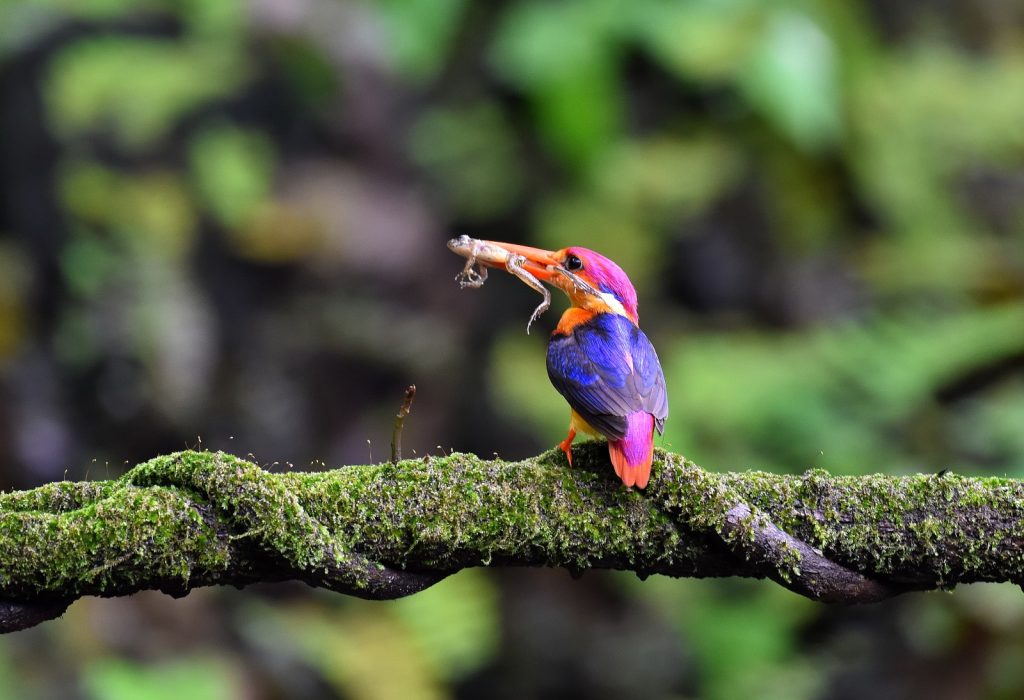
The oriental dwarf kingfisher (Ceyx erithaca), also known as the black-backed kingfisher or three-toed kingfisher, is a pocket-sized bird. This tropical kingfisher is a partial migrant that is endemic across much of the Indian Subcontinent and Southeast Asia. It resides in lowland forests, typically near streams or ponds, where it feeds upon insects, spiders, worms, crabs, fish, frogs, and lizards. This small bird is easily distinguishable from other birds in its range due to its red bill, yellow-orange underparts, lilac-rufous upperparts, and blue-black back.
Sambar :
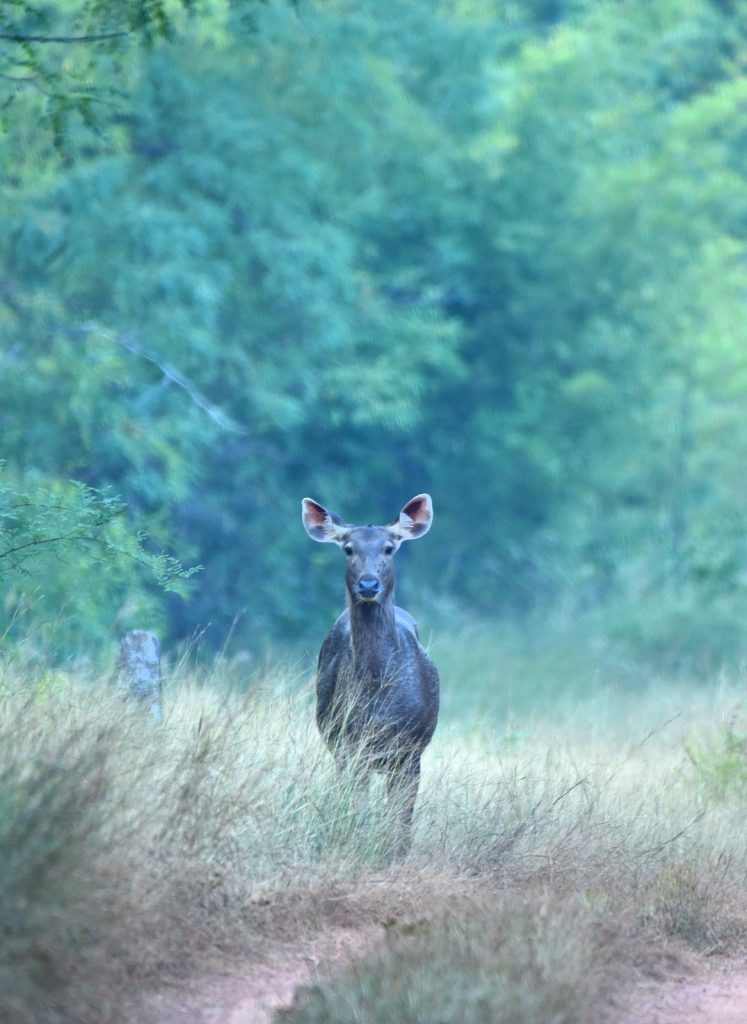
The name “sambar” is also sometimes used to refer to the Philippine deer called the “Philippine sambar”, and the Javan rusa called the “Sunda sambar”. The sambar prefers the dense cover of deciduous shrubs and grasses. It is said that a Sambhar deer’s call is the most accurate when it comes to tracking Tigers. If the Sambar deer has called twice in succession it means the Tiger is present in the vicinity.
Peacock :
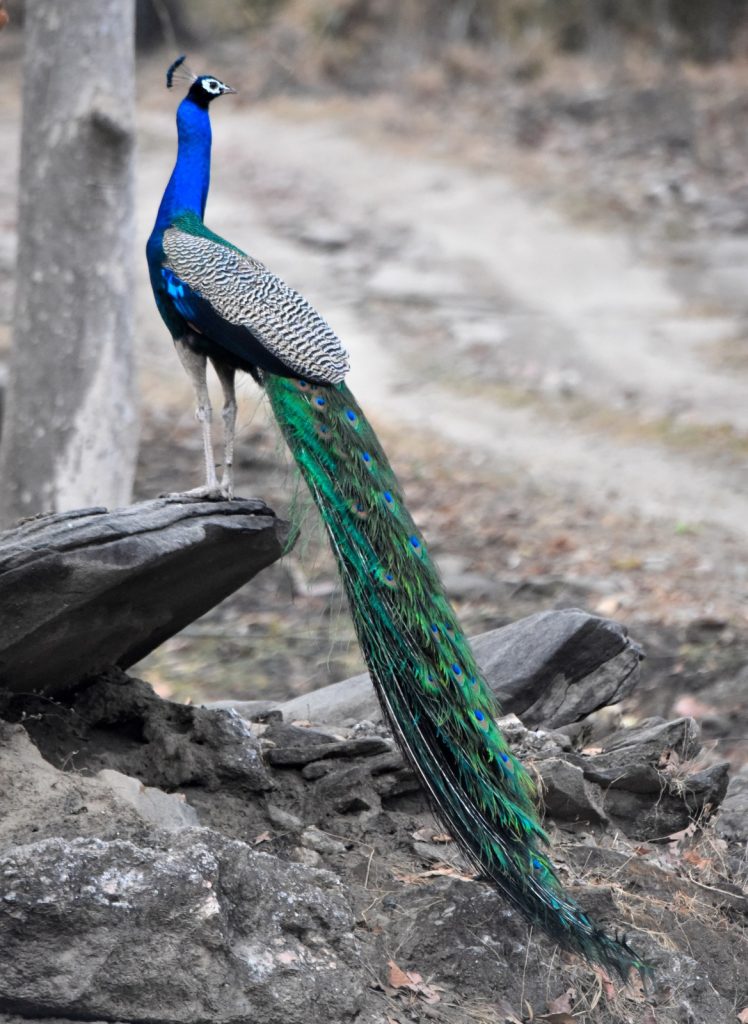
The Indian peafowl (Pavo cristatus), also known as the common peafowl, and blue peafowl, is a peafowl species native to the Indian subcontinent. It has been introduced to many other countries. Male peafowl is referred to as peacocks, and female peafowl are referred to as peahens, although both sexes are often referred to colloquially as “peacock”.
Golden Jackel :
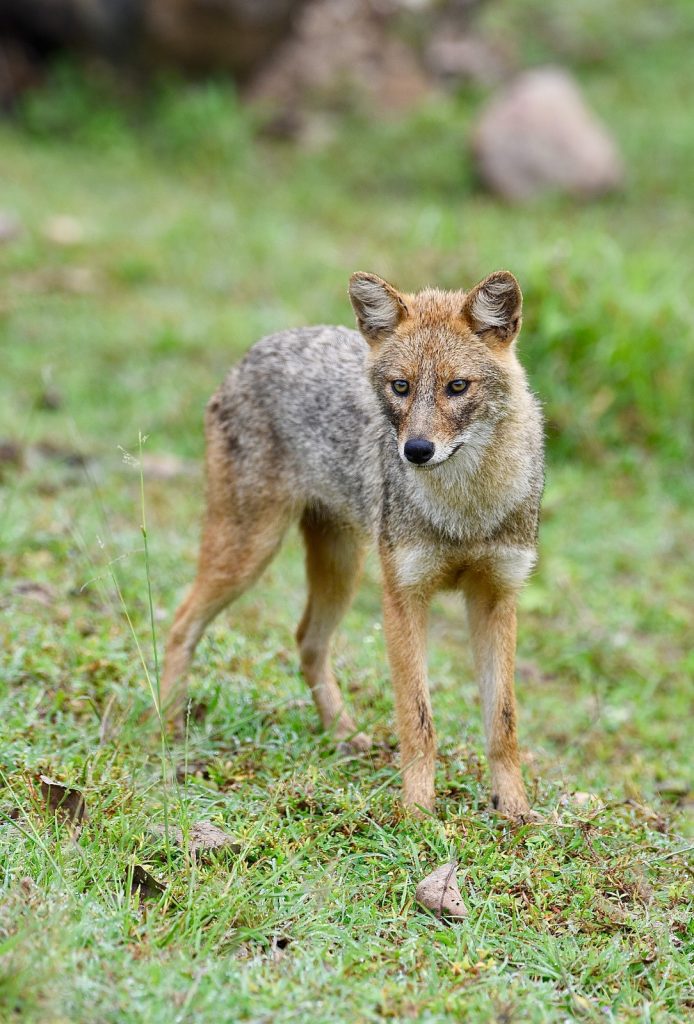
The golden jackal (Canis aureus), also called the common jackal, is a wolf-like canid that is native to Southeast Europe, Central Asia, Western Asia, South Asia, and regions of Southeast Asia. The golden jackal’s coat varies in color from a pale creamy yellow in summer to a dark tawny beige in winter. It is smaller and has shorter legs, a shorter tail, a more elongated torso, a less-prominent forehead. it is both a predator and a scavenger.
Changeable Hawk Eagle:
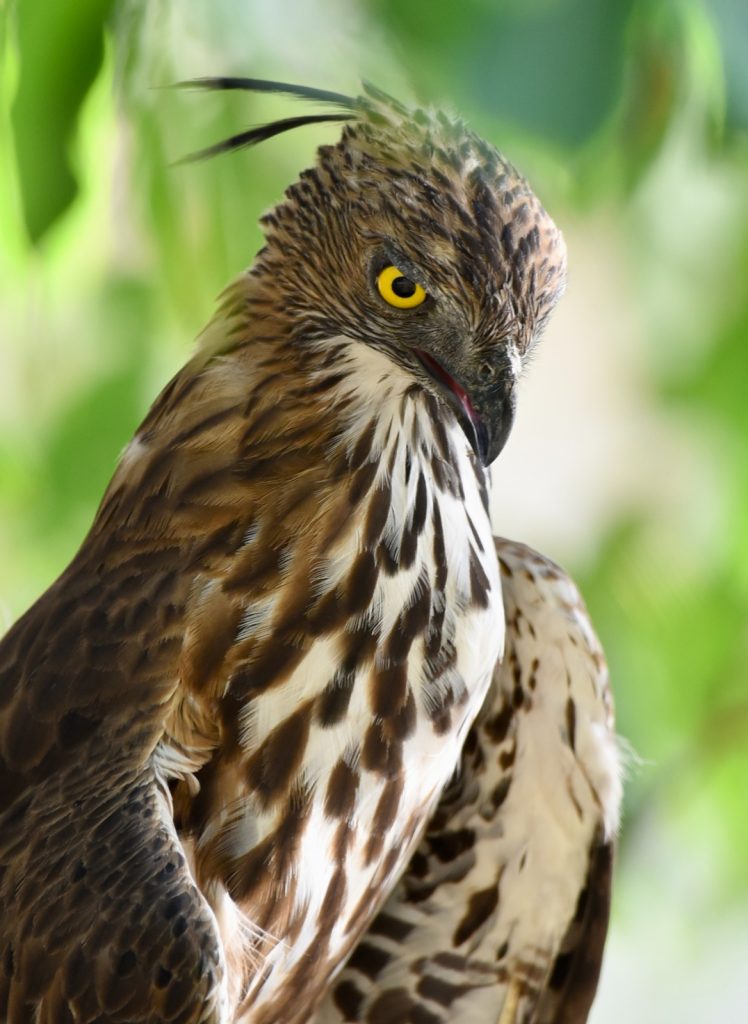
The changeable hawk-eagle (Nisaetus cirrhatus) or crested hawk-eagle is a large bird of prey species of the family Accipitridae. More informal or antiquated English common names include the marsh hawk-eagle or Indian crested hawk-eagle. It is a member of the subfamily Aquilinae, with signature feathers, absent in tropical raptors from outside this subfamily, covering the tarsus. The changeable hawk-eagle is a largish but slender eagle. The changeable hawk-eagle is often largely silent but in the breeding season it may readily call, both from its perch or on the wing.
Deer :
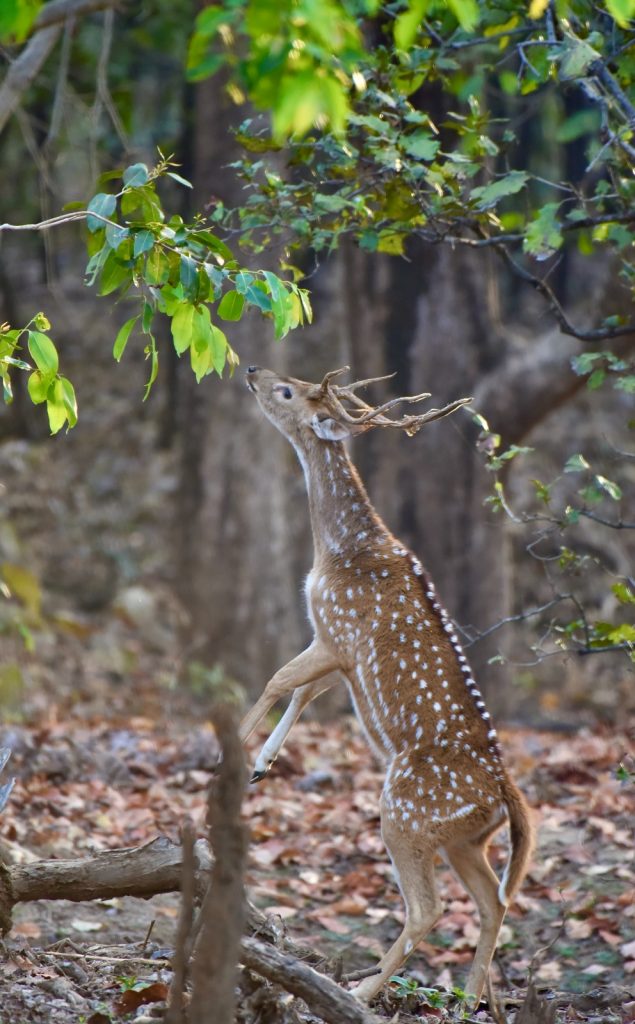
The chital or cheetal also known as the spotted deer, chital deer, and axis deer is a deer species native to the Indian subcontinent. The chital is a moderately sized deer. Chital are active throughout the day. In the summer, time is spent in rest under the shade. When cautiously inspecting its vicinity, the chital stands motionless and listens with rapt attention, facing the potential danger.
Picture Credits: Deep Kathikar
👉 Click here to read the latest Gujarat news on TheLiveAhmedabad.com




